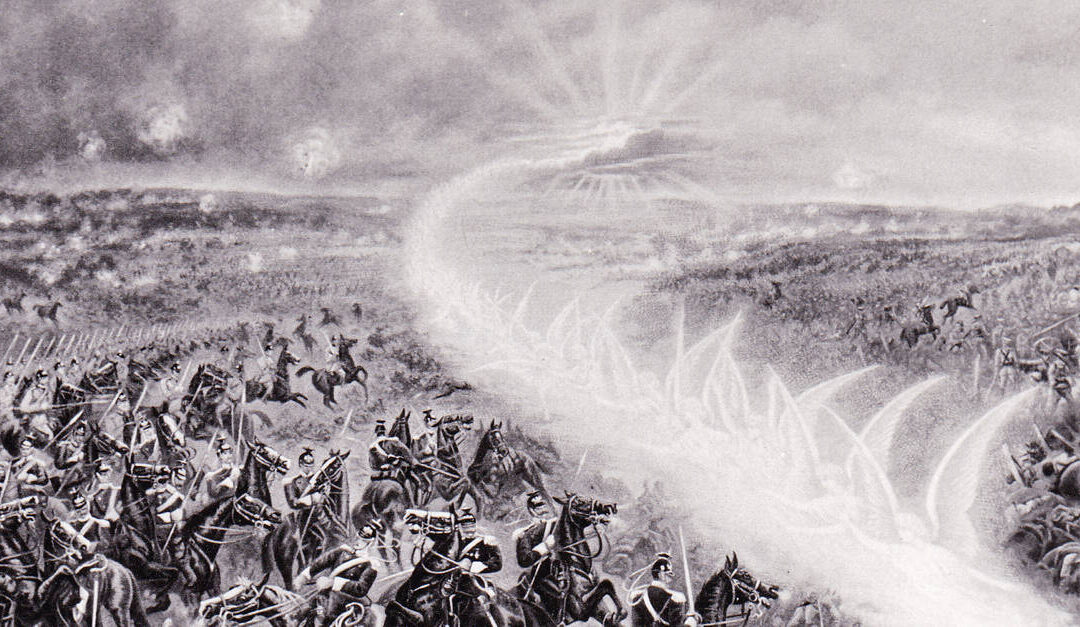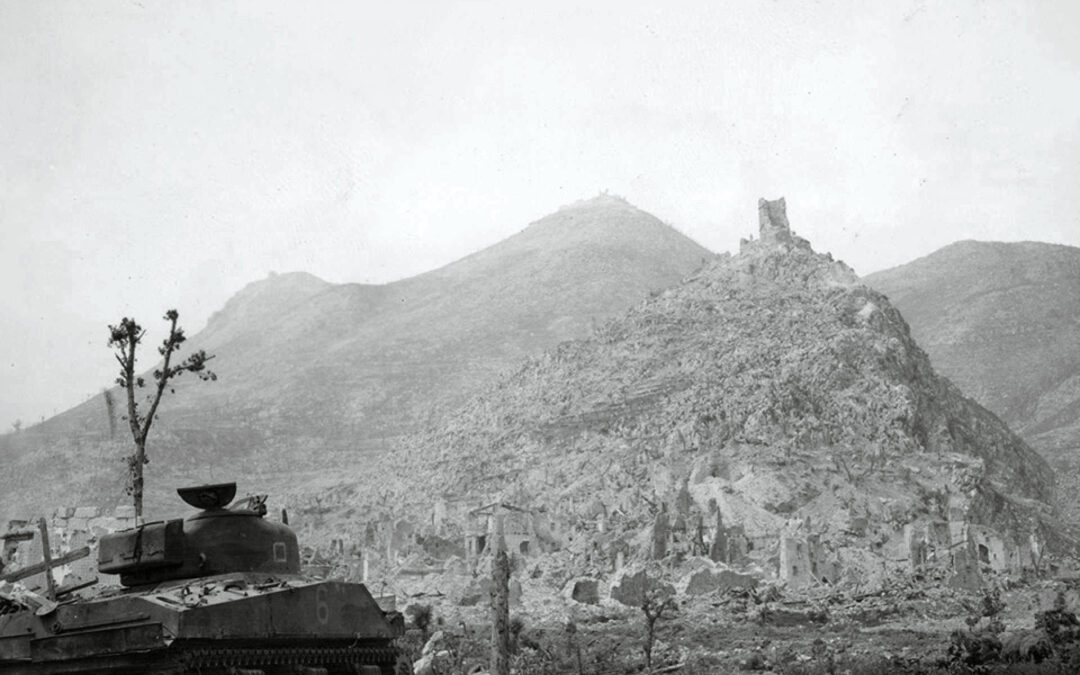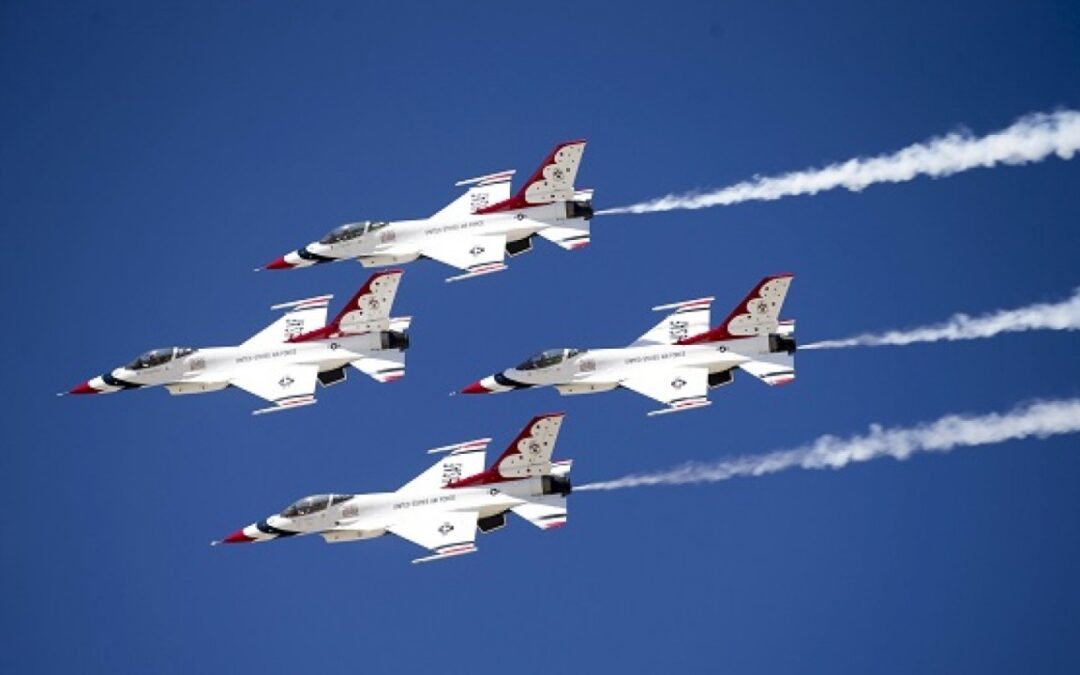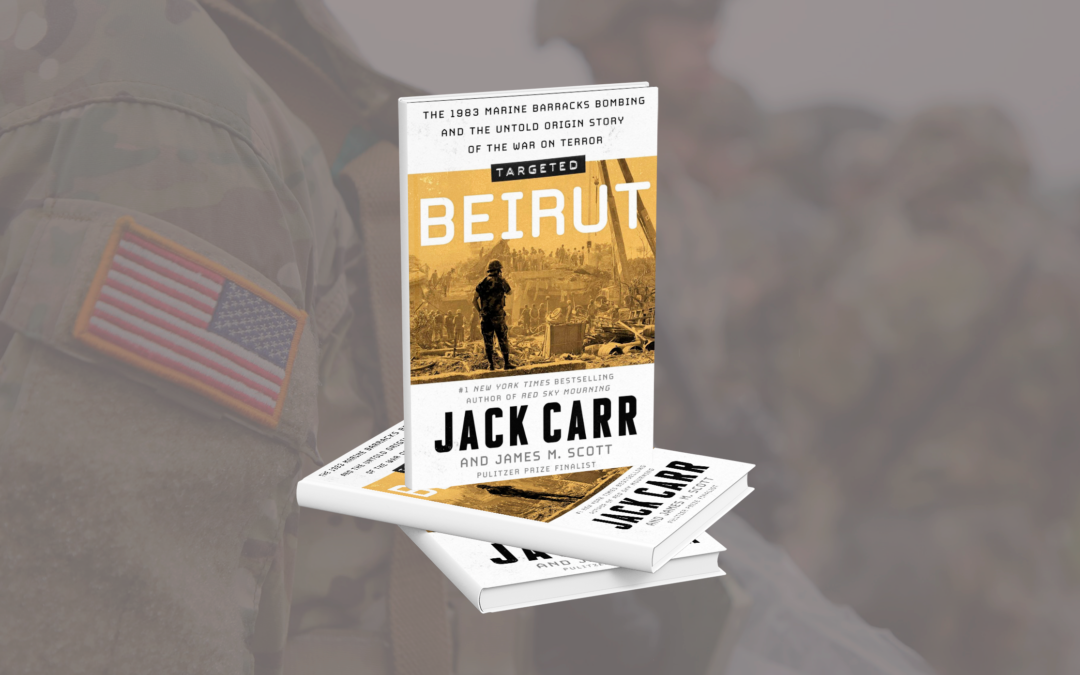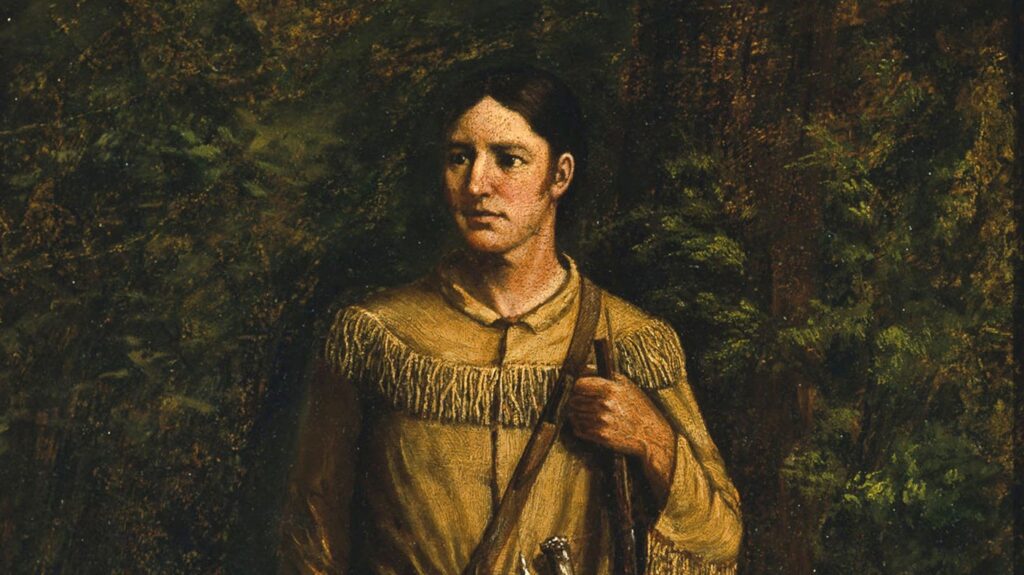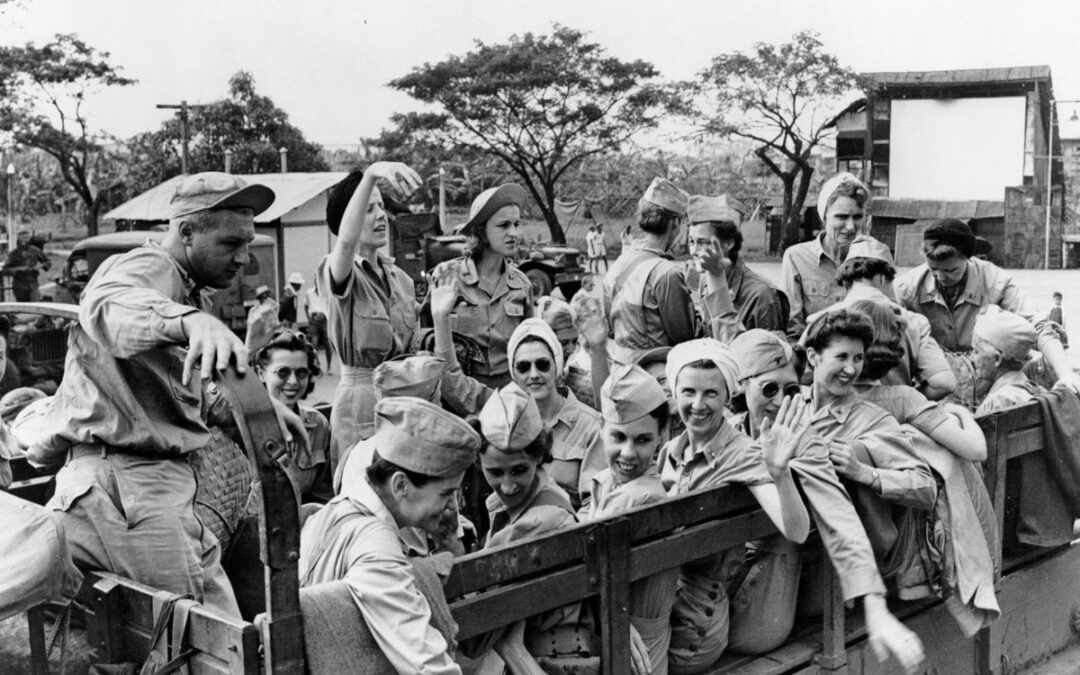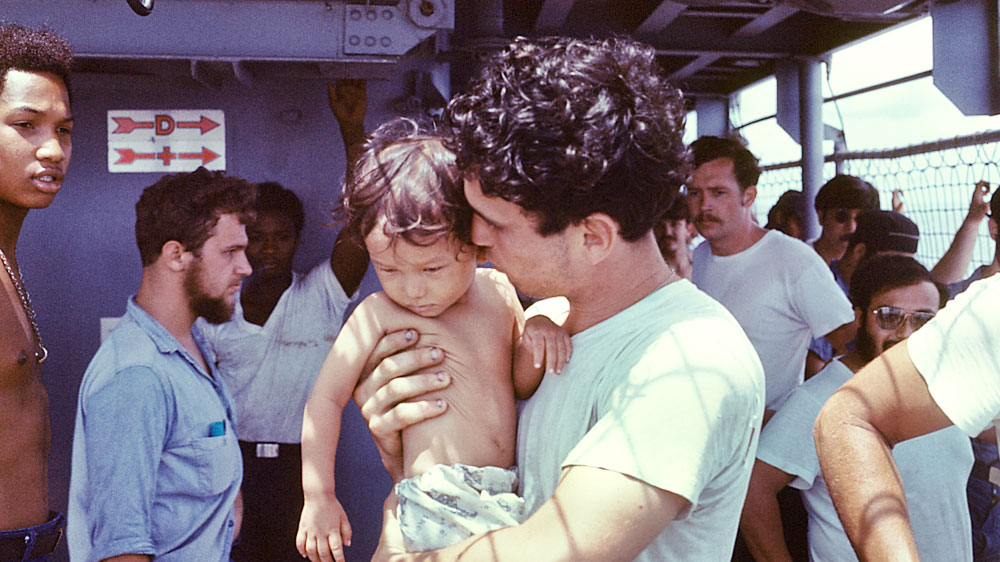The World War I Battle of Mons was famous for a number of notable firsts. It was the first test of the British Expeditionary Force (BEF), the first time Mons switched hands during the war, and probably the first time ghosts reinforced a living army to cover their retreat; ghosts who absolutely slaughtered the enemy – or so the legend goes. The First Battle of Mons took place on August 23, 1914, one of the earliest battles on the Western Front of World War I and the first time the British...
